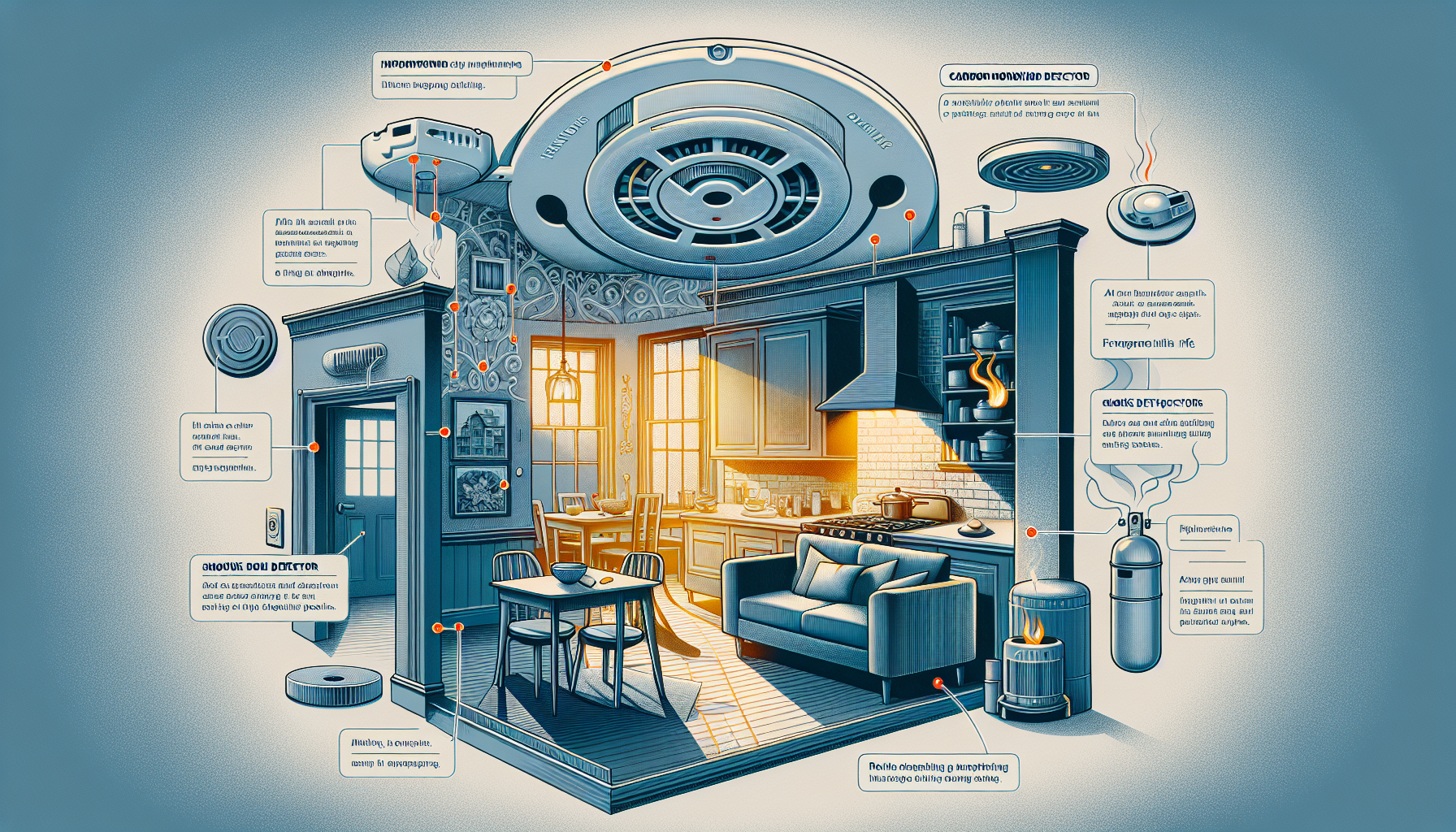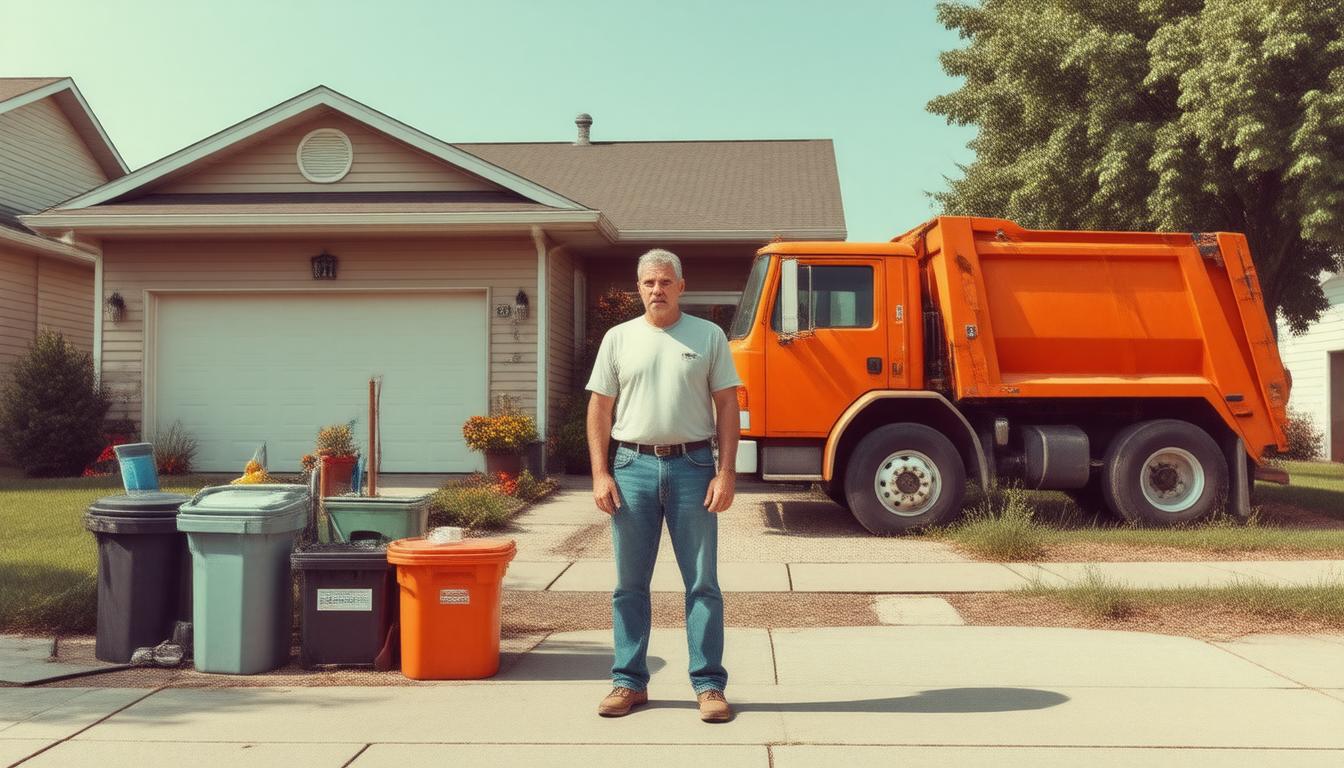
Smoke and carbon monoxide detectors are crucial components of home safety. They are designed to alert residents to the presence of potentially deadly smoke or carbon monoxide gas, giving them vital time to evacuate the premises and call for emergency assistance. These devices save countless lives every year and are a mandatory safety feature in many parts of the world.
Understanding How Smoke Detectors WorkSmoke detectors come in two main types: ionization and photoelectric. Ionization smoke detectors are more responsive to flaming fires, whereas photoelectric detectors are quicker at sensing smoldering fires. Some modern smoke detectors combine both technologies to provide maximum protection.
The ionization detector contains a small amount of radioactive material between two electrically charged plates, which ionizes the air and creates a current between the plates. When smoke enters the chamber, it disrupts this flow of ions, thereby reducing the current and triggering the alarm.
The photoelectric type uses a light source and a light-sensitive sensor in a T-shaped chamber. Under normal conditions, light does not hit the sensor directly. However, when smoke enters the chamber, it scatters the light, which then strikes the sensor and activates the alarm.
The Science Behind Carbon Monoxide DetectorsCarbon monoxide (CO) detectors are designed to measure the concentration of CO over time and alert occupants before dangerous levels of the gas can affect their health. Carbon monoxide is produced whenever any fuel such as gas, oil, kerosene, wood, or charcoal is burned. If appliances that burn fuel are maintained and used properly, the amount of CO produced is typically not hazardous.
There are several types of CO detectors, including biomimetic sensors, metal oxide semiconductors, and electrochemical sensors. Biomimetic detectors use a color-changing gel that reacts with CO to produce a color change that triggers the alarm. Metal oxide semiconductors have circuits that sense changes in electrical resistance when CO is present. Electrochemical sensors provide a highly accurate reading of CO levels by measuring electrical currents resulting from a chemical reaction.
Proper Installation and MaintenanceBoth smoke and carbon monoxide detectors should be installed on every level of a home, including the basement, outside each sleeping area, and inside every bedroom. They should be mounted high on walls or ceilings since smoke and CO gas rise. For detectors to function correctly, it is crucial to follow the manufacturer’s installation guide.
Regular maintenance includes testing the alarms monthly, replacing batteries at least once a year, and replacing the entire unit according to the manufacturer’s instructions, generally every 7 to 10 years.
What to Do When an Alarm SoundsShould your smoke or CO detector sound an alarm, it is essential to react immediately. If the smoke alarm goes off, leave the house and then call the fire department. For a carbon monoxide alarm, make sure everyone in the household is accounted for, and then get outside to fresh air immediately, staying there until emergency services arrive to check the residence.
Conclusion: The Necessity of Life-Saving DetectorsIn summary, understanding the functionality and importance of smoke and carbon monoxide detectors is critical for the safety of every home. Ensuring that these devices are correctly installed and maintained, and knowing how to react when alarms sound, can mean the difference between life and death. It’s a small investment in time and money that can offer invaluable peace of mind and protection for you and your loved ones.







